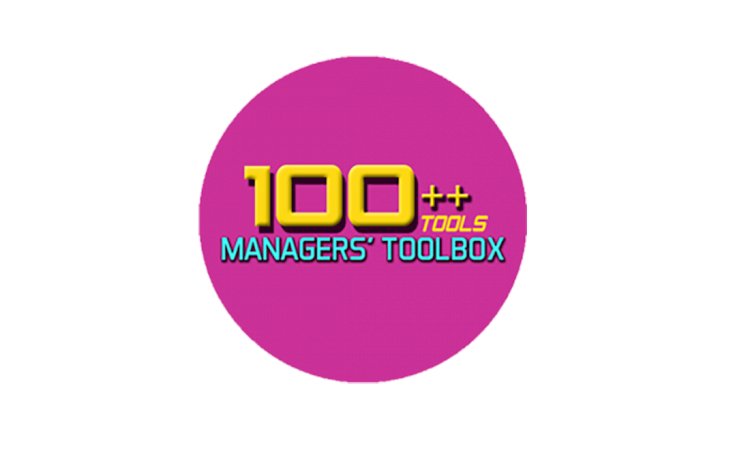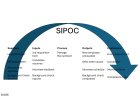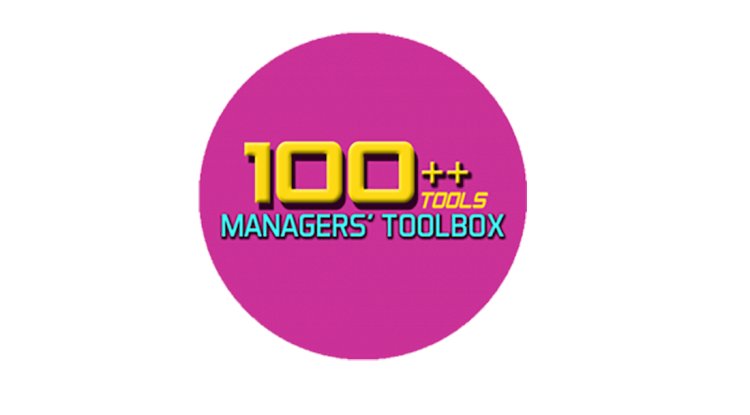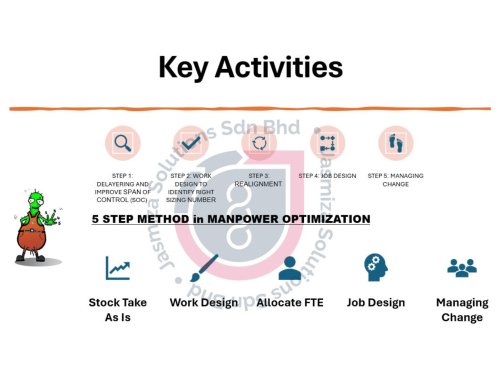100 Managers' Toolbox: Benchmarking
A 100 managers tool for benchmarking and comparing business processes and performance metrics to align with industry best practices.

Today in our 100 #managerstoolbox series we would be looking at #benchmarking.
- When to use
If you are interested in learning, from other organisations, ways to improve your own organisation.
- What you get
A disciplined approach to assessing and improving the performance of the business in critical areas.
- Time
To do properly it requires substantial investment of management effort. This is because it is a continuous process and, to benefit from it, changes must be made as a result of the findings.
- Number of people
This will vary depending on the scope of the study. As a rule, it is worth involving a broad selection of people.
- Equipment
Somewhere to visibly display the findings.
- Method
- Define
- Select the area to be studied.
- Define the process that is to be benchmarking partners
- Identify potential benchmarking partners
- Identify the data required, sources and appropriate methods of collection.
- Analyse
- Collect the data and select benchmarking partners.
- Determine the performance gap.
- Establish the difference in the process.
- Target future performance.
- Implement
- Communication and commitment.
- Adjust targets and develop improvement plan.
- Implement progress and recalibrate.
- Review progress and recalibrate.
There are a number of different ways in which this process can be followed; the table highlights some of the trade-offs that need to be considering before embarking on a benchmarking exercise.
|
In-house comparison |
Third-party comparison |
|
Less likely to yield proprietary information Benefits of first-hand observation Generally lower cost |
Likely to yield proprietary information Indirect observation therefore objective data Generally higher cost |
|
Service or company sponsored |
Profession sponsored |
|
Tailored focus Shorter duration Higher cost |
Multi-focused Longer duration Lower cost |
- Example
Ways to conduct benchmarking:
Direct exchange: Written questionnaires, phone surveys, teleconferences and video link interviews.
Site visits: Validations and extension of concepts.
- Exercise
Benchmark your favourite sports team.
Remember that its performance is unlikely to be due solely to the ability of individuals. Instead it will be a combination of individuals’ ability, teamwork, the tactics used and other factors.
Key points
Benchmarking is an ongoing process for continuous improvement.
Benchmarking Code of Conduct – ‘Never ask for something you would not be prepared to share in return’
- Additional comments
It is important not just to meet the standards but exceed them in critical area of the business in order to truly gain competitive advantage.
- Other information
Developed from, and for further information, see: S. Codling, Best Practice Benchmarking, Gower, 1995; S. Codling, Best Practice
Benchmarking – An international perspective, Gulf Publishing Company, 1996; S. Codling, Benchmarking, Gower, 1998; http://www.benchmarking.co.uk
|
Stage |
Explanation |
|
Define |
|
|
Select the area to be studied. |
Think about what your customers want from the business. What we are the issues that are likely to attract and retain business today and in the future? These are the areas that you need to excel at. |
|
Define the process that is to be benchmarked. |
Think about those processes that really make an impact on the area to be studied. Think about the part of the business that add value for the customer. |
|
Identify potential benchmarking partners. |
Who is the best in your industry? Who is regarded as being world-class in this area? Are there companies in other industries with a reputation for excellence? Have a look at: www.benchmarking.co.uk who offer consultancy and services in this area or www.benchnet.com. |
|
Identify the data required, sources and appropriate methods of collection |
Brainstorm ideas for the type of data that you can collect to measure the performance of your own and the benchmark company. Trade fairs, journals, newspapers, customer surveys, etc. can all be alternatives to collecting data directly from the benchmark company. Be creative! |
|
|
|
|
Analyse |
|
|
Collect the data and select benchmarking partners. |
From all the ideas created during the Define stage, you need to evaluate. the various options. Consider factors such as the quality of the data, the cost and time involved in collecting it and whether you are prepared to share data with other companies. |
|
Determine the performance gap. |
Make honest comparisons between your performance and that of the benchmark companies. You need to identify areas where there in significant room for improvement and that will contribute to business success. |
|
Establish the difference in the process. |
Once you know the areas to be improved you will need to examine the benchmark company in more detail. Dig beneath the data to understand what they are really doing better than you and, more importantly, how they are doing it. |
|
Target future performance. |
Once you have understood the potential for improvement you need to develop realistic targets for internal development projects. |
|
Implement |
|
|
Communication and commitment |
The data collected during the analysis stage can be use to convey the scale of the problem and potential for improvement. This can help to create acceptance and commitment to the process of improving. |
|
Adjust targets and develop improvement plan |
Individual improvement projects should be established to address the areas for improvement. Plans can target for these projects should be developed by the people who will be running them, not necessarily the benchmarking team. |
|
|
|
Implement and monitor |
There is no point in benchmarking if you are not going to make improvements. Therefore, you need to implement any changes and monitor them to make sure they are achieving what you expected. |
|
Review |
|
|
Review progress and recalibrate |
Unfortunately, the ‘best’ in business is constantly getting better. Hopefully your performance will be improving too. However, to get the most out of benchmarking, it should be an ongoing process. |
Share
 Like
0
Like
0
 Dislike
0
Dislike
0
 Love
0
Love
0
 Funny
0
Funny
0
 Angry
0
Angry
0
 Sad
0
Sad
0
 Wow
0
Wow
0










